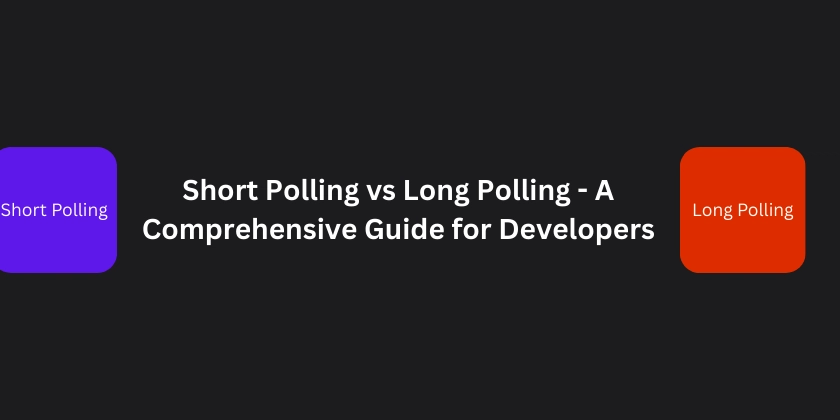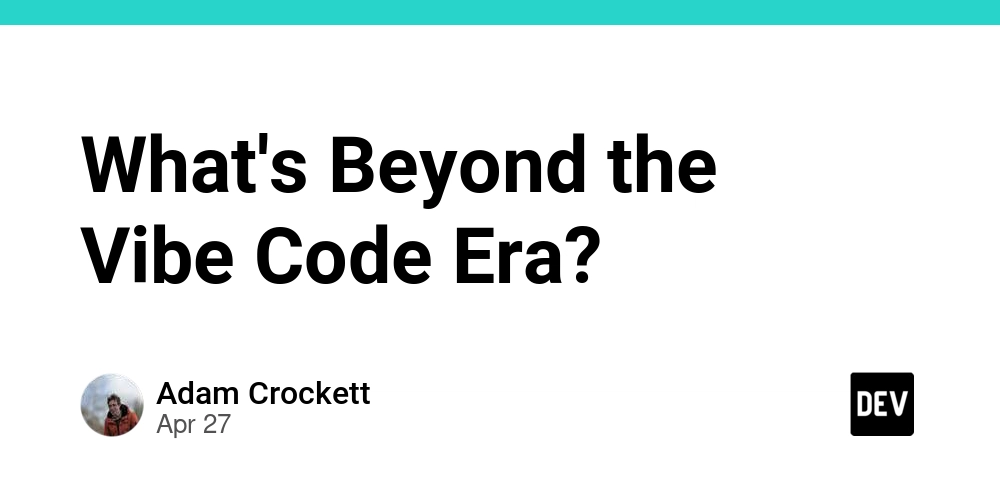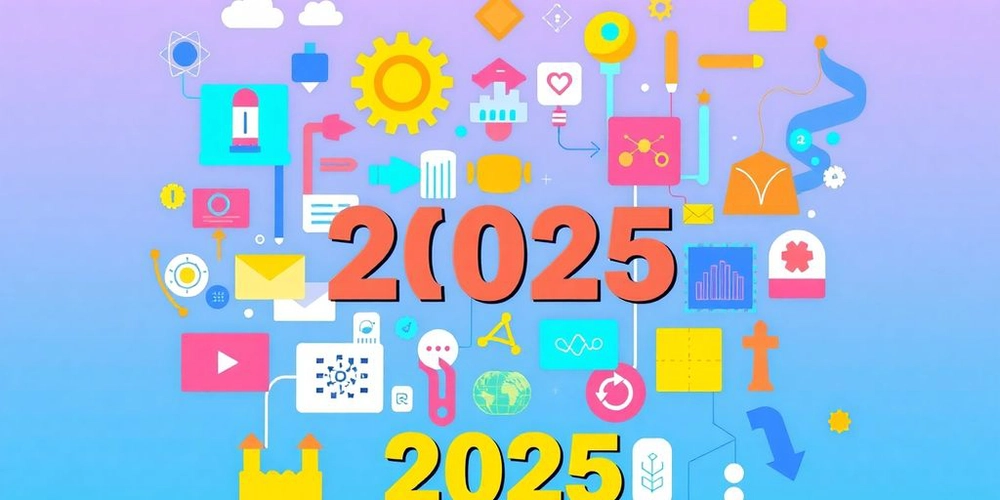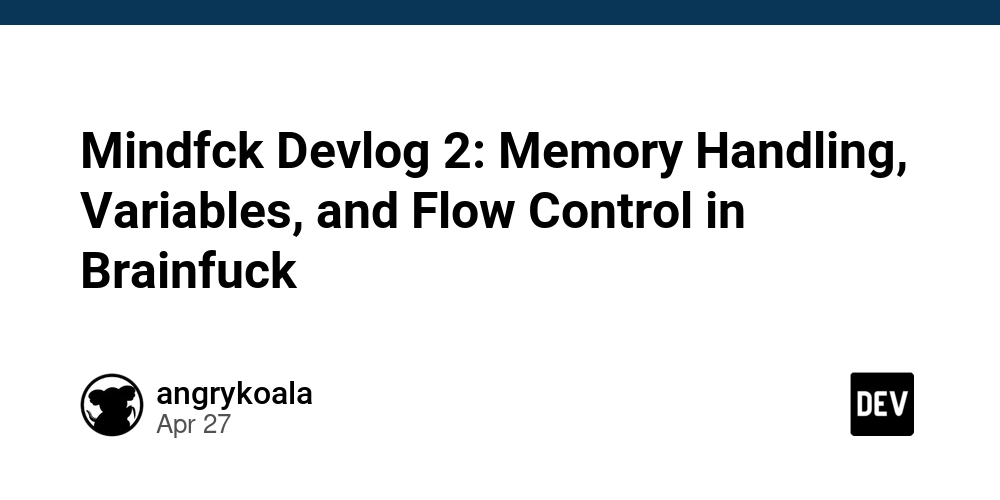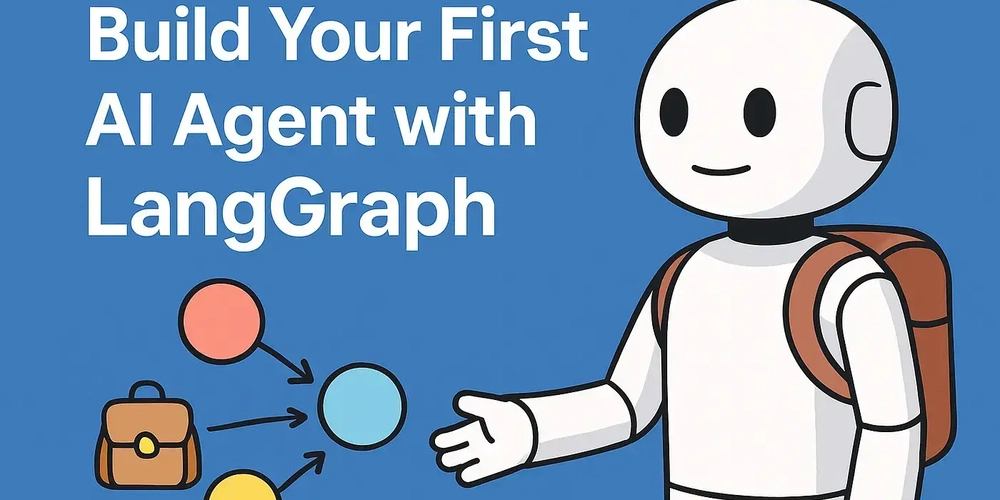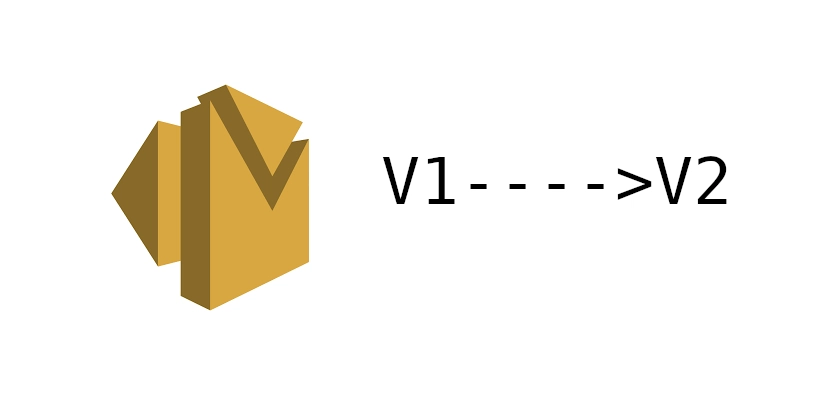Feedforward vs Feedback Neural Networks: Choosing the Right Architecture
Neural networks are revolutionizing AI, but understanding their different structures is vital. This article provides an in-depth comparison of feedforward and feedback (recurrent) neural networks, helping you choose the right architecture for your specific AI project. Let’s dive into the world of neural network structures and discover their unique capabilities.

Neural Networks: The Building Blocks of Deep Learning
Neural networks are inspired by the human brain, tackling complex data-driven problems using interconnected artificial neurons. These networks process input data through multiple layers to generate the desired output. From image classification to natural language processing, neural networks power a wide array of applications.
Key Elements of a Neural Network
Understanding the components of a neural network is essential:
- Input: The data fed into the model (e.g., atmospheric measurements for weather prediction).
- Weight: Assigns importance to features, amplifying relevant inputs and diminishing irrelevant ones.
- Activation Function: Introduces non-linearity, allowing the network to model complex relationships.
- Bias: Shifts the activation function output, similar to a constant in a linear function.
- Layers: Stacked neurons, including input, hidden, and output layers.
How Layers Interact
Data enters through the input layer, with each node assigned an activation value. This information flows through the network, modified by connection strengths (weights) representing inhibition or excitation. Activation functions transform these values as they pass through hidden layers, ultimately reaching the output layer. The output nodes then reflect the processed information to the outside world.

Feedforward Neural Networks: One-Way Information Flow
In feedforward neural networks, signals move in only one direction, without loops. These networks are non-recurrent, comprising input, hidden, and output layers. Data flows through processing units, undergoing calculations based on weighted inputs. This process continues layer by layer until the output is determined.
- Perceptrons: A basic type of feedforward network.
- Convolutional Neural Networks (CNNs): A more advanced iteration, ideal for image classification and object recognition.
Convolutional Neural Networks (CNNs): Mastering Image Recognition
CNNs excel at image classification by utilizing matrix multiplication to identify patterns. Filters capture spatial dependencies, enabling the network to understand image complexity with fewer parameters and weight reuse.

Training Feedforward Networks: Backpropagation
Backpropagation is the primary algorithm for training feedforward networks. It adjusts weights based on the error rate from the previous iteration, improving model reliability by broadening its applicability. This algorithm efficiently computes the gradient of the loss function, refining the network's accuracy.

Feedback Neural Networks: Introducing Recurrence
Feedback neural networks, like Recurrent Neural Networks (RNNs), feature feedback paths, allowing signals to travel in both directions. These loops transform the network into a dynamic system that evolves during training until equilibrium is achieved.
Recurrent Neural Networks (RNNs): Dynamic Temporal Behavior
RNNs form connections between nodes along a temporal sequence, enabling temporal dynamic behavior and internal memory. They can process input sequences of varying lengths, making them suitable for speech and handwriting recognition.

Training Feedback Networks: Backpropagation Through Time (BPTT)
Backpropagation Through Time (BPTT) trains feedback networks. It adapts backpropagation to account for recurrence, enabling effective learning in networks with loops.
CNN vs RNN: Key Differences
| Feature | Convolutional Neural Networks (CNNs) | Recurrent Neural Networks (RNNs) |
|---|---|---|
| Architecture | Feed-forward | Feed-back |
| Layout | Multiple layers of nodes | Information flows in loops |
| Data Type | Image data | Sequence data |
| Input/Output Size | Fixed | Variable |
| Use Cases | Image classification, recognition | Text translation, NLP |
| Drawbacks | Large training data | Slow and complex training |
Architecture Examples: AlexNet, LeNet, LSTM, and GRU
- AlexNet: A pioneering CNN architecture with convolutional, max-pooling, and fully connected layers.

-
LeNet: An early CNN topology that laid the groundwork for deep learning.
-
Long Short-Term Memory (LSTM): An RNN variant ideal for analyzing complete data sequences.
-
Gated Recurrent Units (GRU): Similar to LSTMs but with fewer parameters, suitable for smaller datasets.
Use Cases: Choosing the Right Architecture
-
Forecasting Currency Exchange Rates: Feedforward models can provide accurate predictions due to their simplicity and direct data flow.
-
Recognition of Partially Occluded Objects: Recurrent top-down connections in feedback networks excel at reconstructing lost data in images.
Conclusion: Tailoring Neural Networks to Specific Tasks
Choosing between feedforward neural networks and feedback neural networks depends on the specific application. Feedforward networks are often preferred for tasks requiring straightforward data processing, while feedback networks shine in scenarios where temporal dependencies and context are crucial. Understanding these nuances allows you to harness the full potential of AI.





